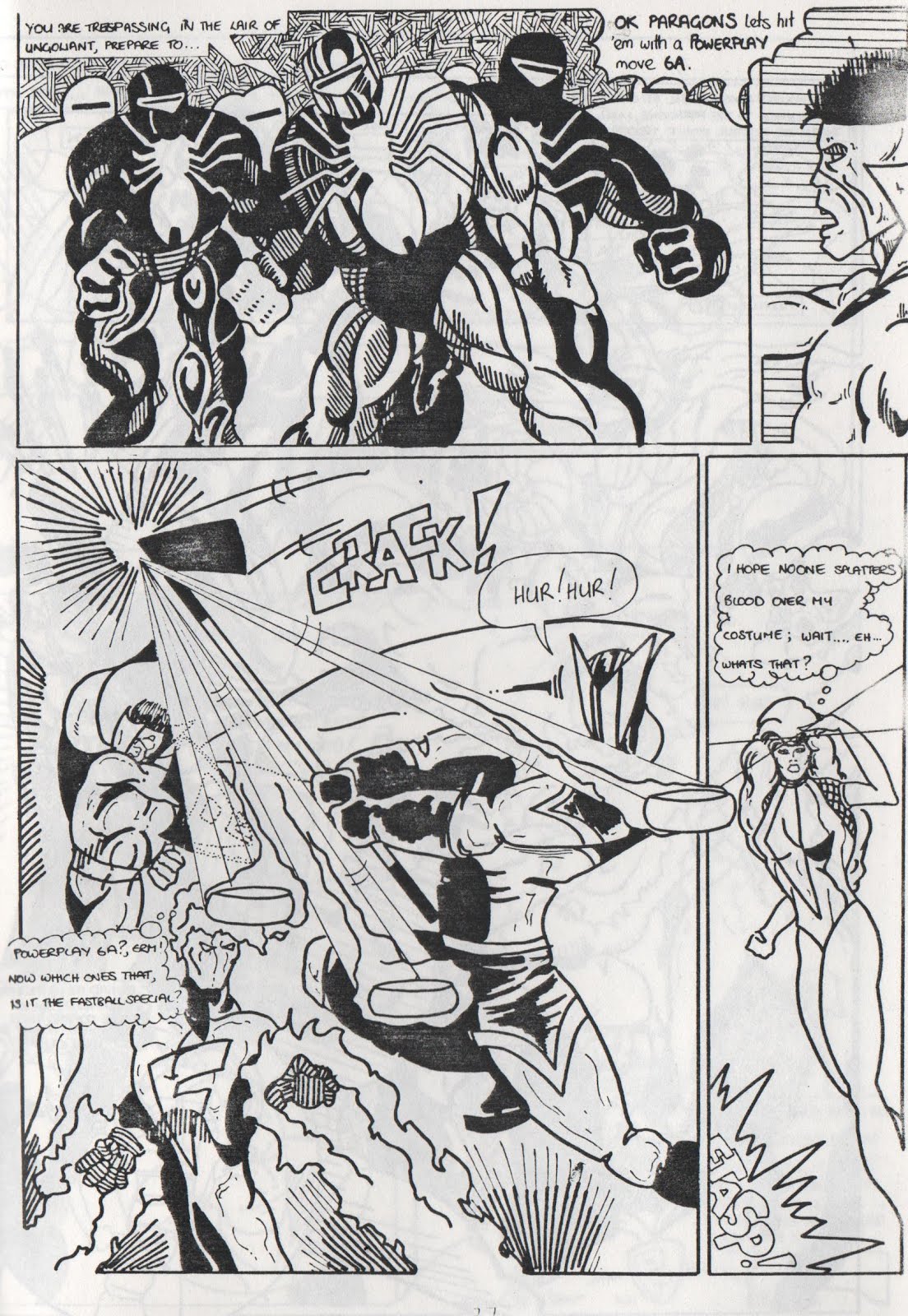In the novel "SprawlBall" the team trailer figures prominently. I'm reminded of all the great sci-fi vehicles I grew up staring at as a kid, and I wanted something long, sleek, armoured and tough. Here are some of my favourites. Maybe you can name them?
Saturday 23 July 2016
Sunday 10 July 2016
Chase Novel Final Edits Today
I'm reminded of what author Mike Nappa teaches:
You write a book four times.
When you’ve finished the fourth writing, you’re done—or at least ready to show your manuscript to an agent or editor. Here, briefly, is how that process works:
1. The Close-In Writing The basic method: You write a day’s worth of work (either fiction or nonfiction)—whatever that means for you. Next day, before you write anything new, you revise and edit the previous day’s work. This is the “close-in writing,” and becomes the first draft—the first time your write your book.
2. The Close-In Edit When the entire first draft is complete, you go back through and, beginning with word one to the end, you revise and edit the entire manuscript on your computer. This is the “close-in edit,” and becomes your second draft: the second time you write your book.
3. The Distance (or “Hand”) Edit Next, you print a hard copy of the second draft of your entire manuscript. Beginning with word one to the end, you hand-edit the hard copy, scrawling notes and profanities to yourself all the way through the margins. Then, using your hand-edit notes as a reference, you go back into your computer file and revise the manuscript as needed. This is the “distance edit,” and becomes your third draft: the third time you’ve written your book.
4. The Oral Edit Finally, you print a new hard copy and read your entire manuscript aloud. Read it to the walls, to your spouse, to the patrons at Starbucks, to your dog, to the bowl of soggy Cocoa Puffs left over from breakfast. Doesn’t matter who’s in the room, only that you can hear yourself reading it. Start with word one and don’t stop until you read the last word. Yes, it may take you several days, but that’s OK. Keep reading every word out loud until you’re done.
As you read, note any places where the phrasing causes you to stumble, the wording feels confusing or out of place, or your mind seems to wander from the text in front of you.
Those places need to be cut or rewritten, so as you’re reading aloud, pause to make notes as to what to do to improve them. When you’re done, incorporate your notes into the computer file of your manuscript. You’ve now finished the “oral edit”—and written your book four times.
At this point, you will be: a) extremely sick of your book, but b) finished. Yes, this is a tedious, tiring process. But it works. If you write your book four times, chances are very good that when you’re done it will be a finely-crafted work of art … or at least undoubtedly something much better than when you started.
When you’ve finished the fourth writing, you’re done—or at least ready to show your manuscript to an agent or editor. Here, briefly, is how that process works:
1. The Close-In Writing The basic method: You write a day’s worth of work (either fiction or nonfiction)—whatever that means for you. Next day, before you write anything new, you revise and edit the previous day’s work. This is the “close-in writing,” and becomes the first draft—the first time your write your book.
2. The Close-In Edit When the entire first draft is complete, you go back through and, beginning with word one to the end, you revise and edit the entire manuscript on your computer. This is the “close-in edit,” and becomes your second draft: the second time you write your book.
3. The Distance (or “Hand”) Edit Next, you print a hard copy of the second draft of your entire manuscript. Beginning with word one to the end, you hand-edit the hard copy, scrawling notes and profanities to yourself all the way through the margins. Then, using your hand-edit notes as a reference, you go back into your computer file and revise the manuscript as needed. This is the “distance edit,” and becomes your third draft: the third time you’ve written your book.
4. The Oral Edit Finally, you print a new hard copy and read your entire manuscript aloud. Read it to the walls, to your spouse, to the patrons at Starbucks, to your dog, to the bowl of soggy Cocoa Puffs left over from breakfast. Doesn’t matter who’s in the room, only that you can hear yourself reading it. Start with word one and don’t stop until you read the last word. Yes, it may take you several days, but that’s OK. Keep reading every word out loud until you’re done.
As you read, note any places where the phrasing causes you to stumble, the wording feels confusing or out of place, or your mind seems to wander from the text in front of you.
Those places need to be cut or rewritten, so as you’re reading aloud, pause to make notes as to what to do to improve them. When you’re done, incorporate your notes into the computer file of your manuscript. You’ve now finished the “oral edit”—and written your book four times.
At this point, you will be: a) extremely sick of your book, but b) finished. Yes, this is a tedious, tiring process. But it works. If you write your book four times, chances are very good that when you’re done it will be a finely-crafted work of art … or at least undoubtedly something much better than when you started.
Subscribe to:
Posts (Atom)







